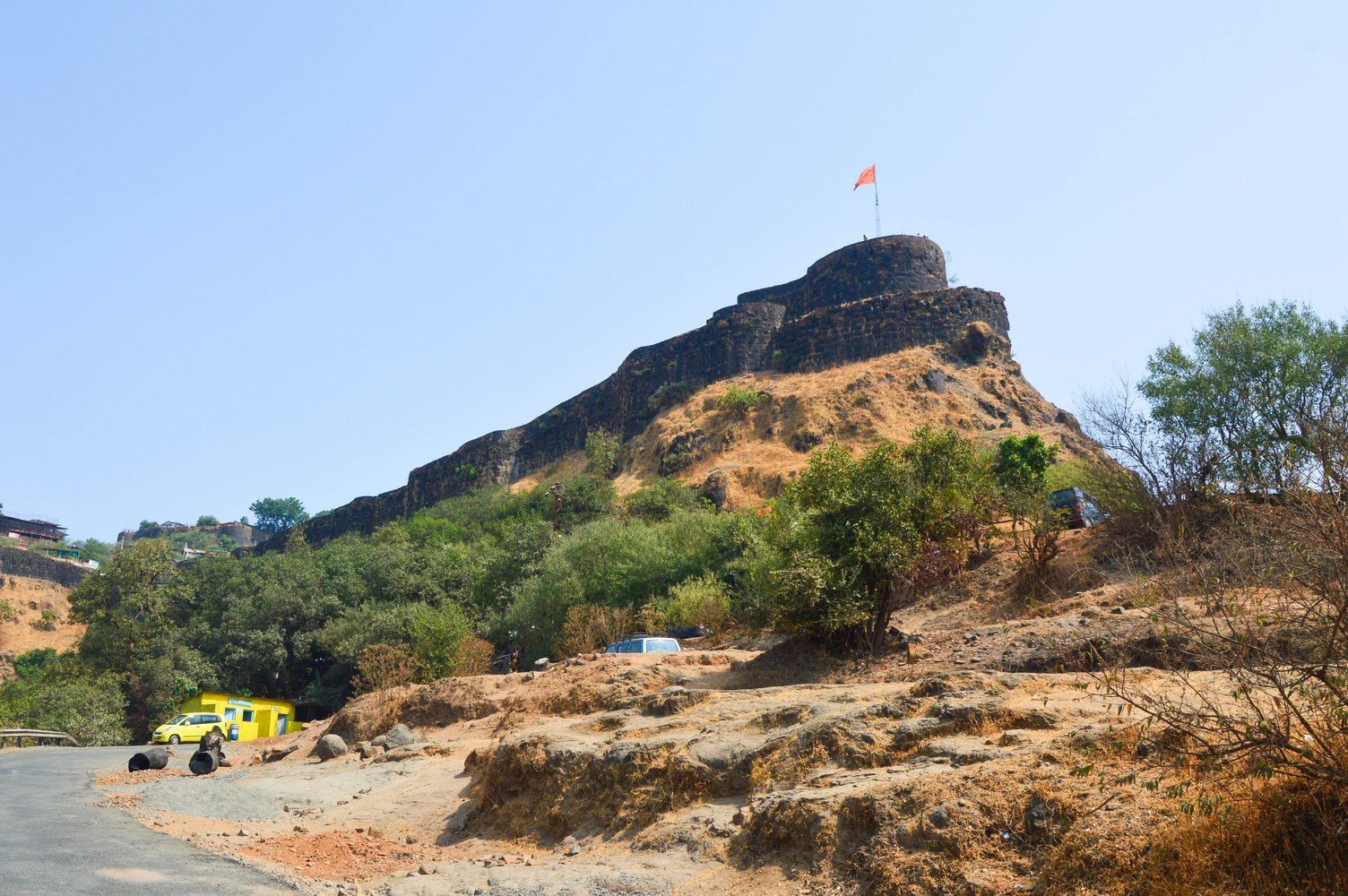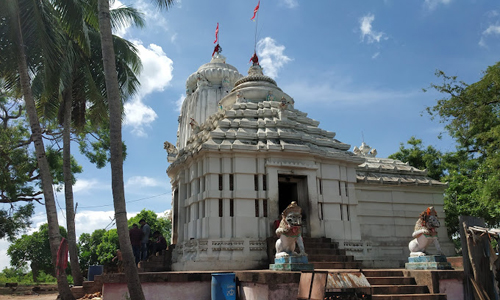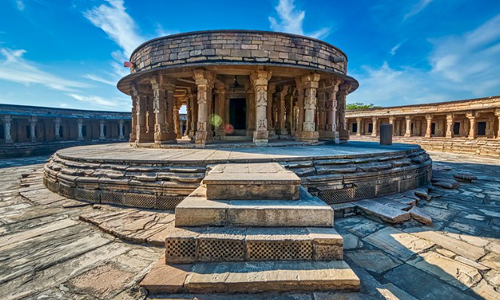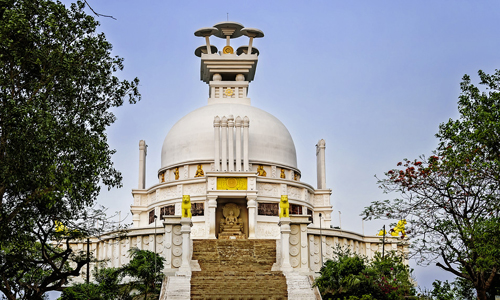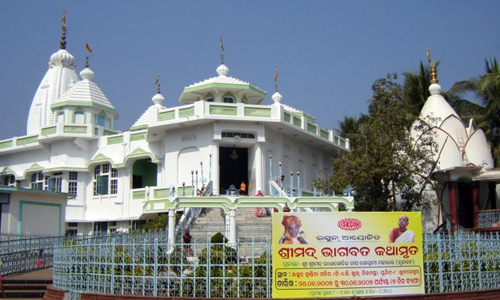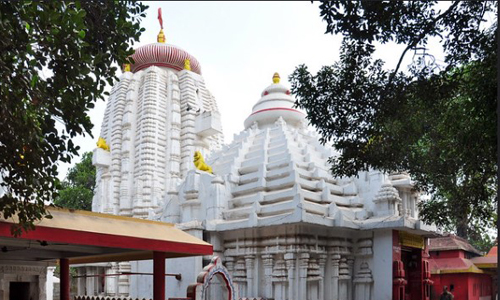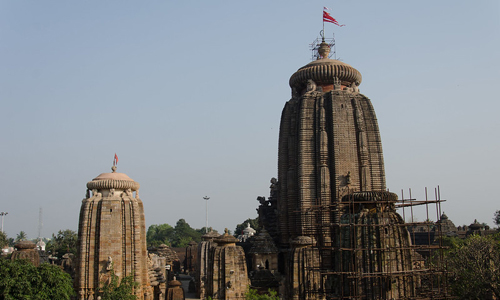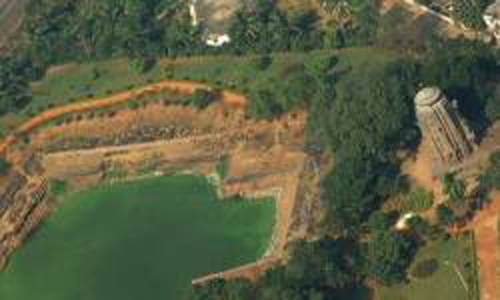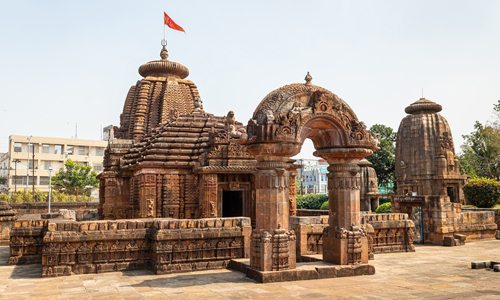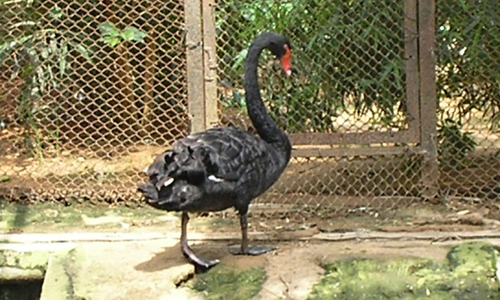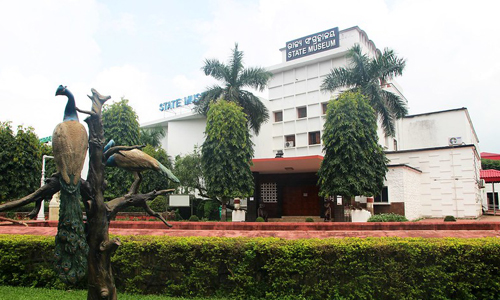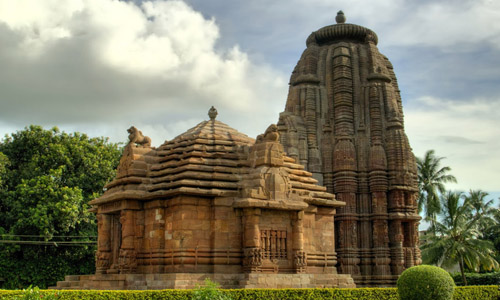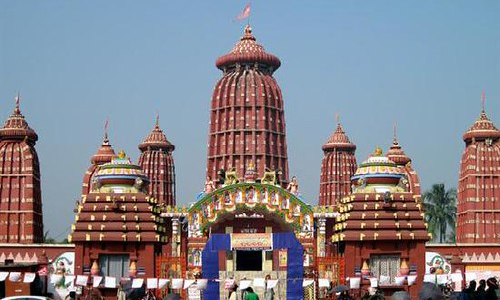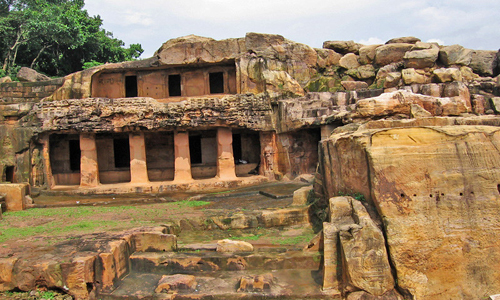In most of the Bhubaneswar Tour Packages, tourists always include a mandatory tour of significant places in the nearby city of Puri. Puri has a lot to offer in terms of religious and mystical places and also in terms of places rich in art and skill. Pipili is one such place, which is rife with artists and heritage art forms. Situated at a distance of only 23.9 kilometers from the city of Bhubaneshwar, visitors can take a quick detour to this place apart from all the other wonderful places to visit in Bhubaneswar.
Brief history of Pipili
The village of Pipili was set up as an artisan’s village during the reign of the Samavamsi dynasty in Odisha around the 10th century AD. The blended culture of Odisha is perfectly showcased through the art of this place. The Somavamsi Dynasty (or the Lunar Dynasty) introduced a new art form in the land of Odisha. They also shifted the religious focus of Odisha from Buddhism to Brahmanism.
What Is Pipili Famous For?
Pipili specifically identifies itself for its artwork known as “Chandra” or Applique. The term Applique comes from French and Latin words called ‘Appliquer’ and ‘Applicare’ respectively, which means ‘to join or attach”. People previously used this technique to stitch together patches or holes in the cloth. Later this evolved as a particular stitching style to make even blankets or quilts etc. In the village of Pipili, this form of stitching art has been passed on for generations indeed.
As one enters the village of Pipili, one can see various artworks featuring this technique of stitching on the streets and markets for sale throughout the year. The handicrafts that adorn the shops range from covers and pillows to bags and canopies and much more. The professional tailors or ‘Darjis’ dedicate their time to making intricate pieces of art on cloth. The technique involves cutting small pieces of cloth, often in shapes, and stitching them on another piece of fabric. The types of stitching vary, depending on different items. The shapes of animal figures, Gods, birds, flowers, etc., characterize the motifs and patterns in the cloth patches. The works are all handmade.
Nomenclature
The name of the village comes from Pirs, the Muslim saint who lived in the region. The craftsmen created the works of Applique, who are often predominantly Muslim, which is provided for worshipping the idols of Odisha during festivities and religious functions. This also showcases the cultural and religious amiability of the place. The village primarily participates in decorations for the annual ‘Ratha Yatra’ of the Puri Jagannath Temple idols, which has been going on since the 17th or 18th century. Recently the Applique work of this village was popularly showcased in a movie called “Sui Dhaaga,” starring Anushka Sharma and Varun Dhawan. Getting a glimpse of this village is indeed an amazing way to realize the importance of indigenous handmade artwork, its worth, and its authentic beauty.


